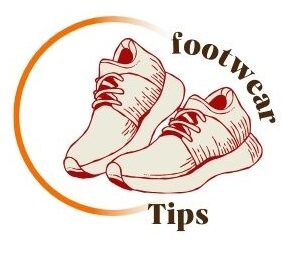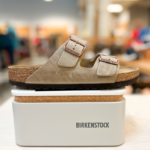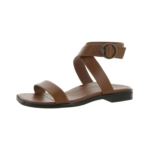Address:
- 2365 Hood Avenue, San Diego, CA, 92123
I don’t worry about cushion in barefoot shoes because they are designed for a minimalistic feel, promoting natural foot movement and sensory feedback. Barefoot shoes prioritize ground feel over cushioning, allowing for better proprioception and strengthening of foot muscles.
The lack of cushion encourages proper running form and posture, reducing the risk of injury and promoting a more efficient gait cycle. Embracing the minimalistic design of barefoot shoes can lead to improved foot health, balance, and overall performance in various activities.
By choosing barefoot shoes, I prioritize functionality and connection with the ground, rather than relying on excessive cushioning for support.
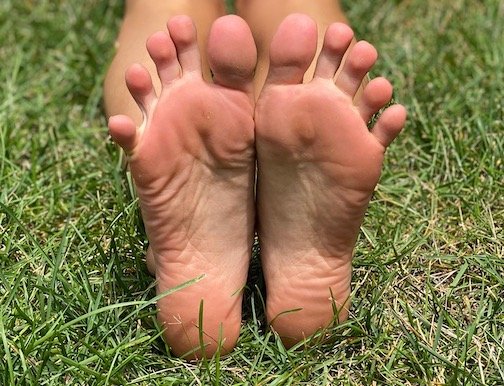
Credit: anyasreviews.com
Embarking on the journey to barefoot shoes was a significant shift in my approach to footwear. It took me through several stages, from the initial steps away from traditional shoes to the ultimate belief in the benefits of going barefoot. In this blog post, I will share my experience and explain why I no longer worry about cushion in barefoot shoes.
When I first started my journey to barefoot shoes, I was accustomed to the heavily cushioned and supportive nature of traditional footwear. The idea of walking or running without any cushioning seemed daunting at first. However, as I delved deeper into the research and testimonials of barefoot shoe enthusiasts, I became increasingly curious.
Transitioning from traditional shoes to barefoot shoes was not an overnight process. It required patience and a gradual approach to allow my feet to adjust. Initially, I incorporated short walks and easy hikes wearing minimalistic shoes that provided some protection but still allowed my feet to experience the ground beneath.
This transition period was crucial in reawakening the sensory perception in my feet. I noticed a newfound connection with the terrain, as every pebble, leaf, and contour of the ground became palpable. It was as if my feet were rediscovering their natural purpose.
As I continued my journey, skepticism slowly transformed into belief. I started to appreciate the natural mechanics of the foot and the benefits of allowing it to function as nature intended. The lack of cushion in barefoot shoes no longer worried me; in fact, it became a selling point.
Without excessive cushioning, my feet were able to develop strength and stability. The natural arches of my feet became more pronounced, and the muscles in my lower legs and feet grew stronger. I no longer relied on external support to maintain balance and alignment.
Furthermore, I discovered that barefoot shoes promote a more natural gait, encouraging a forefoot or midfoot strike instead of a heel strike. This change in foot strike pattern reduced the impact on my joints and alleviated the discomfort I had previously experienced in my knees and hips.
As I immersed myself in the barefoot shoe lifestyle, I noticed other unexpected benefits. My posture improved, and I felt more grounded and connected to my surroundings. Walking and running became a more joyful and mindful experience, as I could feel the subtle nuances of each step.
In conclusion, the journey to barefoot shoes has been transformative. It has allowed me to reconnect with my feet and embrace their natural abilities. The absence of cushioning is no longer a concern, but rather a gateway to a more authentic and fulfilling walking and running experience.

Credit: www.pinterest.com
Barefoot shoes, also known as minimalist shoes, are designed to provide a natural barefoot feel while offering protection from the elements. Understanding the unique features and design of these shoes is crucial for those considering making the switch. In this section, we’ll delve into the key features and design of barefoot shoes and explore how they differ from standard shoes.
Barefoot shoes are characterized by their flexible, thin soles that allow for natural movement of the foot. The wide toe box enables the toes to spread and grip the ground, mimicking the sensation of walking barefoot. The upper material is typically lightweight and breathable, promoting airflow and comfort. Additionally, the zero-drop design ensures that the heel and forefoot are at the same level, promoting a natural gait.
Unlike traditional footwear, barefoot shoes prioritize sensory feedback and proprioception, allowing the wearer to feel the ground beneath their feet. The minimal cushioning encourages a more natural and efficient stride, as the foot is able to flex and move unhindered. Additionally, the absence of arch support in barefoot shoes strengthens the foot’s intrinsic muscles and promotes a more stable foundation.
Barefoot shoes have gained popularity due to their many physical benefits. When it comes to cushion in barefoot shoes, some people may worry about the lack of padding. However, I don’t worry about it, and here’s why:
Barefoot shoes promote a natural gait and strengthen the muscles in the feet, leading to improved posture and balance. The minimal cushioning allows for better proprioception, enhancing body awareness and stability.
By allowing the foot to move more naturally, barefoot shoes can help reduce foot pain and the risk of injuries. The lack of excessive cushioning encourages the feet to function as they are designed, potentially preventing issues such as plantar fasciitis and bunions.
When it comes to choosing footwear, most people prioritize cushion and support. However, as a barefoot shoe enthusiast, I have discovered the incredible mental edge that going without cushioning provides. In this blog post, I will delve into two key aspects of the mental benefits of going barefoot: a sense of freedom and connection, and how it can boost confidence and self-esteem.
One of the most remarkable aspects of going barefoot is the profound sense of freedom and connection it brings. When you slip off your shoes and feel the earth beneath your feet, you become acutely aware of your surroundings. This heightened sensory experience not only connects you to the natural world but also allows you to feel more grounded and present in the moment.
Walking barefoot allows you to truly feel the texture of the ground beneath you, whether it’s soft grass, warm sand, or even cool pavement. This connection to the earth can be incredibly grounding, helping to reduce stress and promote a sense of calm. With each step, you become more attuned to your environment, sharpening your senses and enhancing your overall awareness.
Additionally, walking barefoot fosters a deeper connection with your own body. Without the barrier of cushioned shoes, you are forced to rely on the natural structure and function of your feet. This strengthens the muscles in your feet and lower legs, improving balance and proprioception. As a result, you develop a greater understanding and appreciation for the incredible capabilities of your own body.
Wearing cushioned shoes can create a sense of dependency, as we rely on external support to navigate the world around us. In contrast, going barefoot empowers us to rely on our own bodies, boosting confidence and self-esteem.
Walking barefoot requires a certain level of courage and vulnerability. It challenges societal norms and allows you to break free from the confines of conventional footwear. By embracing barefoot walking, you demonstrate a willingness to step outside your comfort zone and embrace new experiences. This boldness can extend beyond your footwear choices and positively impact other areas of your life.
Furthermore, going barefoot encourages a shift in focus from external validation to internal satisfaction. Instead of seeking approval from others based on the brand or style of our shoes, we learn to appreciate our bodies for their inherent strength and resilience. This shift in mindset can lead to increased self-acceptance and improved self-esteem.
In conclusion, the mental edge of going barefoot extends far beyond the physical benefits. From the sense of freedom and connection to the boost in confidence and self-esteem, embracing barefoot walking can have a transformative impact on our mental well-being. So, the next time you slip off your shoes and feel the earth beneath your feet, revel in the mental advantages that come with this simple act of liberation.
Transitioning to barefoot shoes was challenging at first. The lack of cushioning felt uncomfortable, and my feet were not accustomed to the minimal support. It took time to adjust to the new sensation of feeling the ground beneath me with each step.
Gradually, I began to notice positive changes in both my body and mind. Improved posture and strength in my feet and legs became apparent. My balance and proprioception also enhanced, as I became more attuned to my body’s movement. Additionally, I experienced a sense of freedom and connection with the environment, which positively impacted my overall well-being.
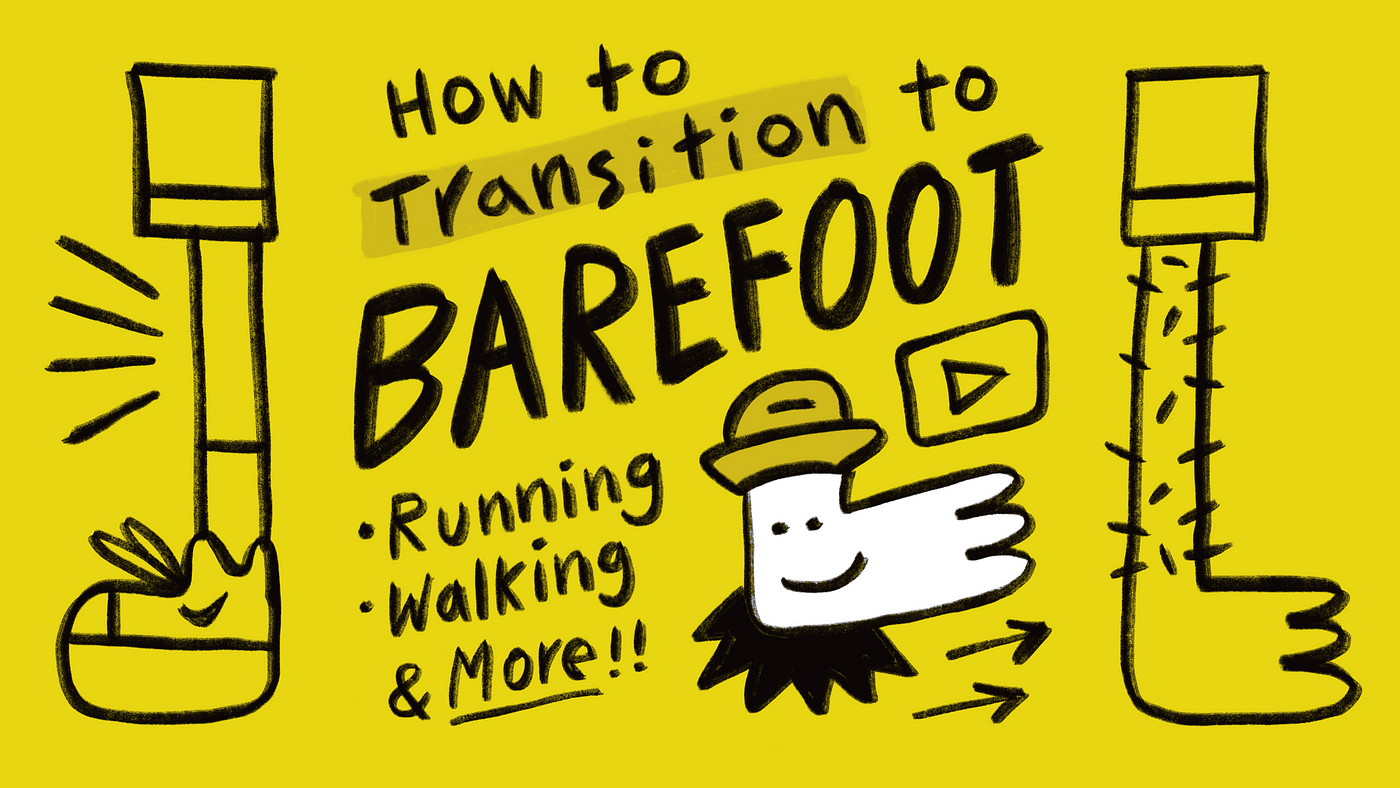
Credit: fthelines.medium.com
Discover why not worrying about cushion in barefoot shoes can help you navigate social reactions confidently. Embrace the freedom and natural connection with the ground, fostering a sense of authenticity and self-assurance in your stride. Trust your instincts and embrace the unique experience barefoot shoes offer.
Answer questions confidently and calmly.
Explain the benefits of barefoot shoes.
Listen to criticism and respond positively.
Connect with like-minded individuals.
Join online forums and groups.
Attend barefoot shoe events for support.
New to barefoot shoes? Don’t stress about cushioning. When starting out, focus on proper form and gradual transition to barefoot running. Building strength and resilience in the feet is key. Start with short distances and listen to your body to avoid injury.
Barefoot shoes are revolutionizing the way we think about footwear. As we step into the future, it’s essential to explore the exciting innovations and growing acceptance of this unique style of shoe.
Barefoot shoe technology is advancing rapidly. Companies are focusing on creating lightweight, flexible designs that mimic the natural movement of the foot. These innovations prioritize comfort and performance without compromising on style.
More people are embracing the benefits of barefoot shoes. From athletes to everyday individuals, the acceptance of this minimalist footwear is on the rise. With a focus on health and wellness, barefoot shoes are becoming a staple in many wardrobes.
Barefoot shoes have little cushioning because they are designed to mimic the feeling of walking barefoot, allowing the feet to strengthen and develop natural support. More cushioning can actually inhibit the natural movement and stability of the feet.
Yes, barefoot shoes can be very comfortable to wear once your feet have adjusted to the minimal cushioning. They allow for greater flexibility and natural movement, and can even help alleviate foot pain and improve posture.
While barefoot shoes cannot guarantee injury prevention, they can help strengthen the muscles in the feet and improve overall foot health, which may reduce the risk of certain types of injuries.
Barefoot shoes are not suitable for all types of activities, particularly those that involve high impact or require a lot of support. They are best suited for low impact activities like walking, hiking, and yoga.
Cushioning in barefoot shoes is a personal preference. While some people may require extra padding for comfort, others find it unnecessary and even detrimental to their natural foot function. Ultimately, choosing the right shoe for your individual needs and activities is key.
As with any shoe, it’s important to prioritize proper fit, function, and durability over trendy features. So go ahead, embrace your natural gait and let your feet be free!
Get our most valuable tips right inside your inbox, once per month!
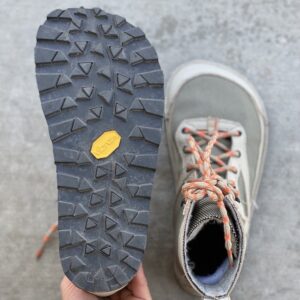
Looking for walking shoes with a wide toe box? Check out these top options for men and women that offer comfort, support, and a roomy
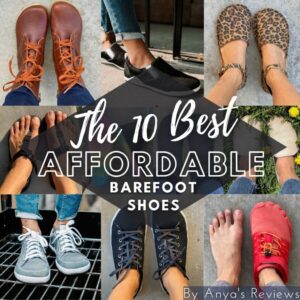
Looking for cheap barefoot shoes? Check out WHITIN Men’s Ultra-ventilated Barefoot Shoes for $19.99 on Amazon.com or Men’s Quick-dry Barefoot Shoes for $8.47 on Temu.
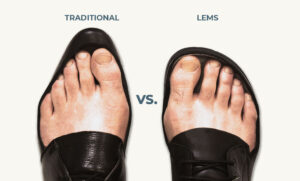
Foot-shaped shoes are available in various brands such as Lems Shoes, Padgene, Barekick, WHITIN, relxfeet, Xero Shoes, New Balance, Earthing Harmony, Atoms, BRONAX, Hike Footwear,
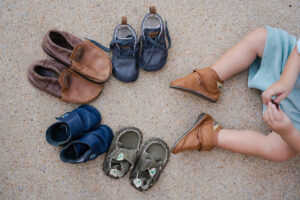
Toddler Barefoot Shoes provide a minimalist and lightweight option for kids to splay their feet naturally while walking, running, or playing sports. These shoes have
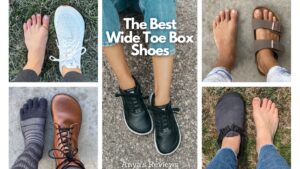
Discover a variety of wide toe box shoes for women in Austin, Texas, including options from Orthofeet, WHITIN, Temu, and more. These shoes offer comfort
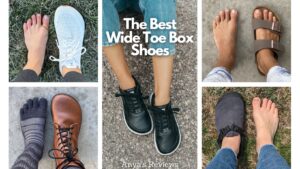
Toe box shoes provide ample space for the toes, allowing them to move freely and comfortably. They are available in various styles and sizes, with
